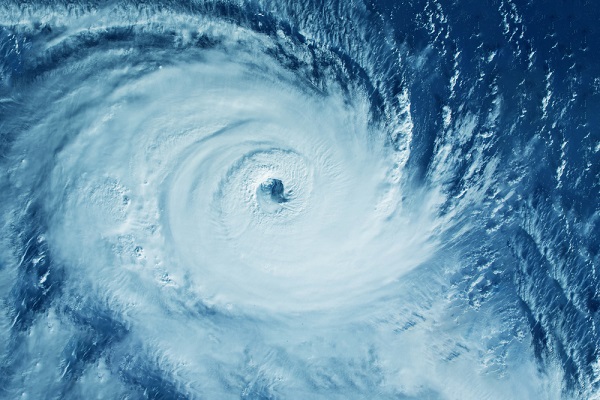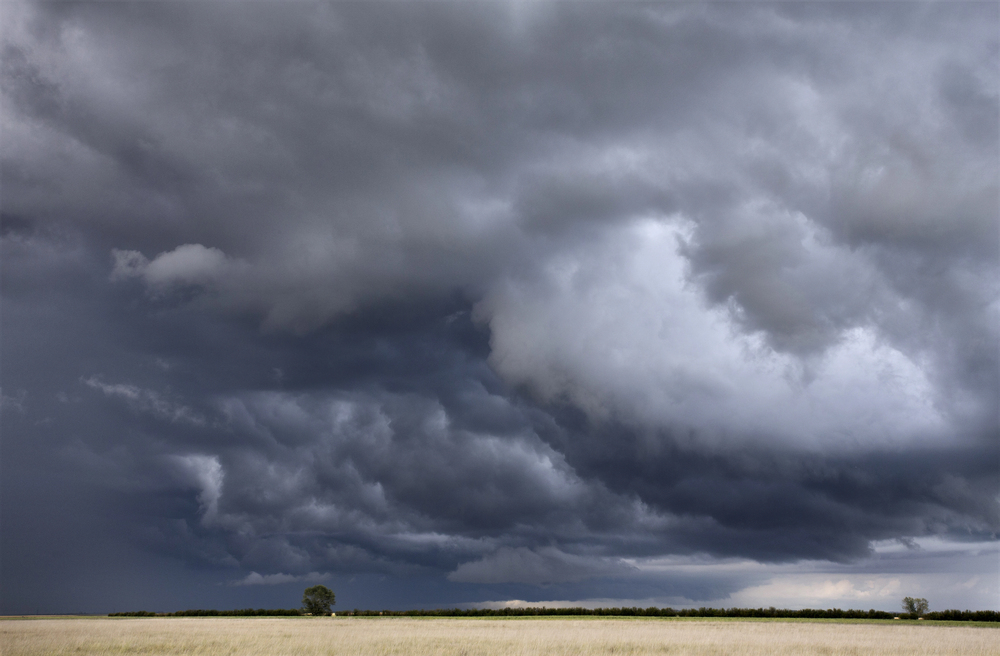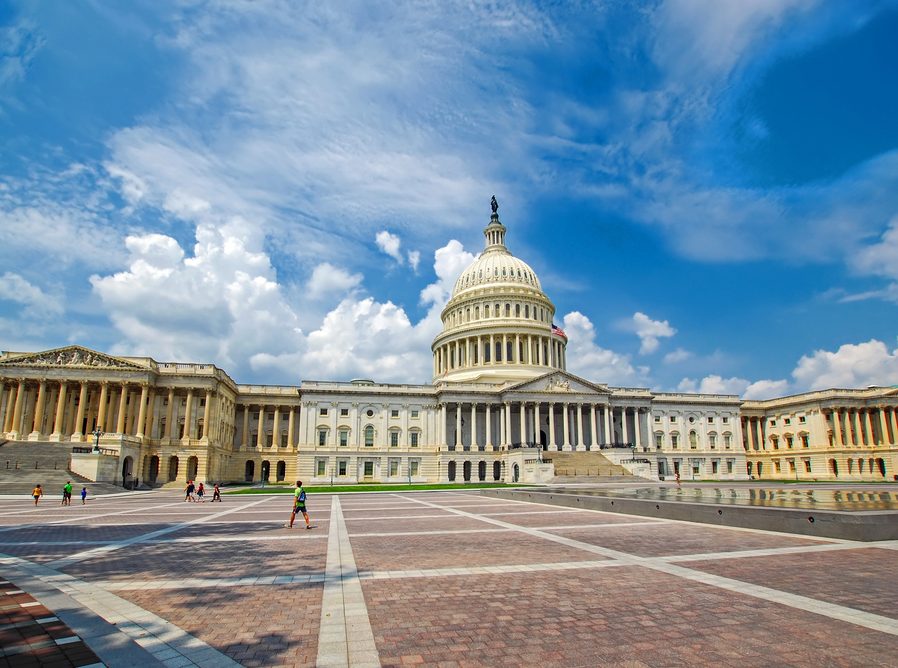What If Hurricane Andrew Happened Today?

By: Will Jones
This week marks the 30th anniversary of Hurricane Andrew, which was the strongest storm to impact the U.S. since Hurricane Camille in 1969. Economic damages in Florida alone totaled $25 billion, of which only $15 billion was insured, according to the National Hurricane Center (NHC).
On Aug. 24, 1992, at 4:40 a.m. ET, Hurricane Andrew made landfall as a Category 5 storm over Elliott Key, Florida, on the southeastern edge of Biscayne Bay. In the hours that followed, a reanalysis of the storm concluded that maximum sustained wind speeds of 150 mph with gusts up to 170 mph tore into the rest of South Florida, including the heavily populated Miami-Dade County.
This week, CoreLogic published “Hurricane Andrew 2.0: A Reimagined Insurance Industry.” The report provides perspective on the past, summarizing what happened in the wake of the storm, and looks to the future to answer the question: What would happen if another Andrew-like event occurred today?
Prior to Andrew, the average loss from a U.S. landfalling hurricane was $2 billion and the costliest storm was Hurricane Hugo in 1989, which caused $7 billion in losses, according to NHC. The CoreLogic report points out that insurers, which had up until 1992 maintained profitable loss ratios and adequate reserves, did not anticipate the possibility of Andrew-like losses from a single event. However, Andrew changed that.
The financial impact of Hurricane Andrew was tumultuous for the property insurance market. “The severity of claims was material enough to force seven domestic insurance companies (those domiciled in Florida) and one foreign company into insolvency,” the report said. “Several others required additional capital from parent companies to cover claims and avoid total insolvency.”
“The effects were felt worse still by the policyholders, who, in addition to having their homes leveled, either had their policies non-renewed or were subjected to unaffordable rate increases, requiring state lawmakers to step in,” the report continued.
Additionally, Hurricane Andrew highlighted the need for risk modeling to evolve. “Many reinsurers relied on rule-of-thumb methodologies for calculating the reserves necessary to cover potential claims,” the CoreLogic report said. “Unfortunately, it was not until after that industry professionals realized the importance of accurately measuring risk.”
If history repeated itself in 2022, CoreLogic estimates that 3.7 million single-family residences (SFR) and multifamily residences (MFR) in Miami-Dade County, with a total replacement cost value of $909.3 billion, would be within Hurricane Andrew’s wind field. Additionally, nearly 120,000 SFRs and MFRs would be subjected to wind speeds surpassing 130 mph, which are severe enough for material building damage.
The report also noted that the negative effect on mortgage delinquency and the South Florida tourism industry would also likely be significantly higher than it was in 1992. “It is likely that if Hurricane Andrew were to repeat itself today, the impact would be catastrophic,” the report said. “Given the historical hurricane landfall trends, it would not be surprising for Miami-Dade to see another Andrew-like event again.”
Will Jones is IA editor-in-chief.










